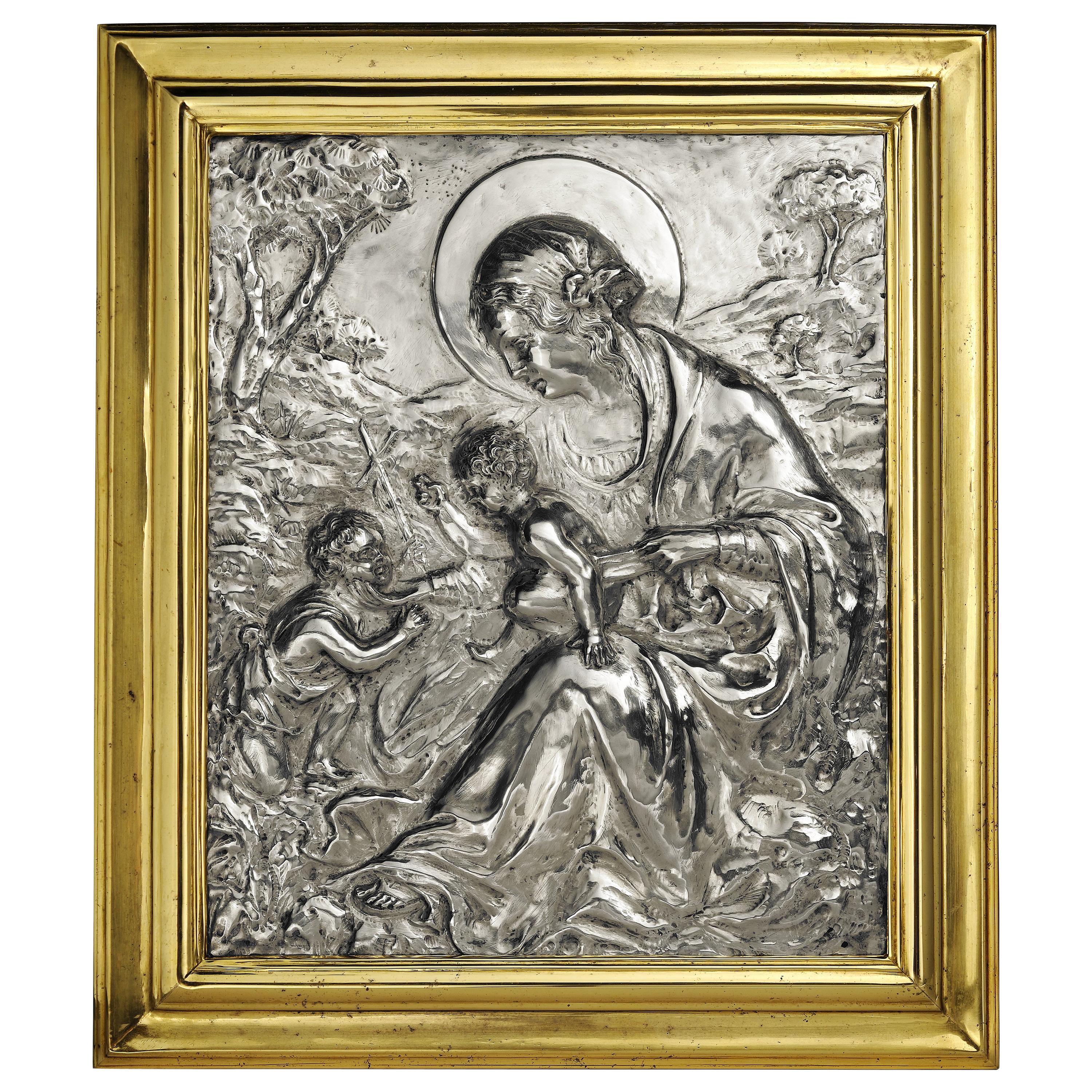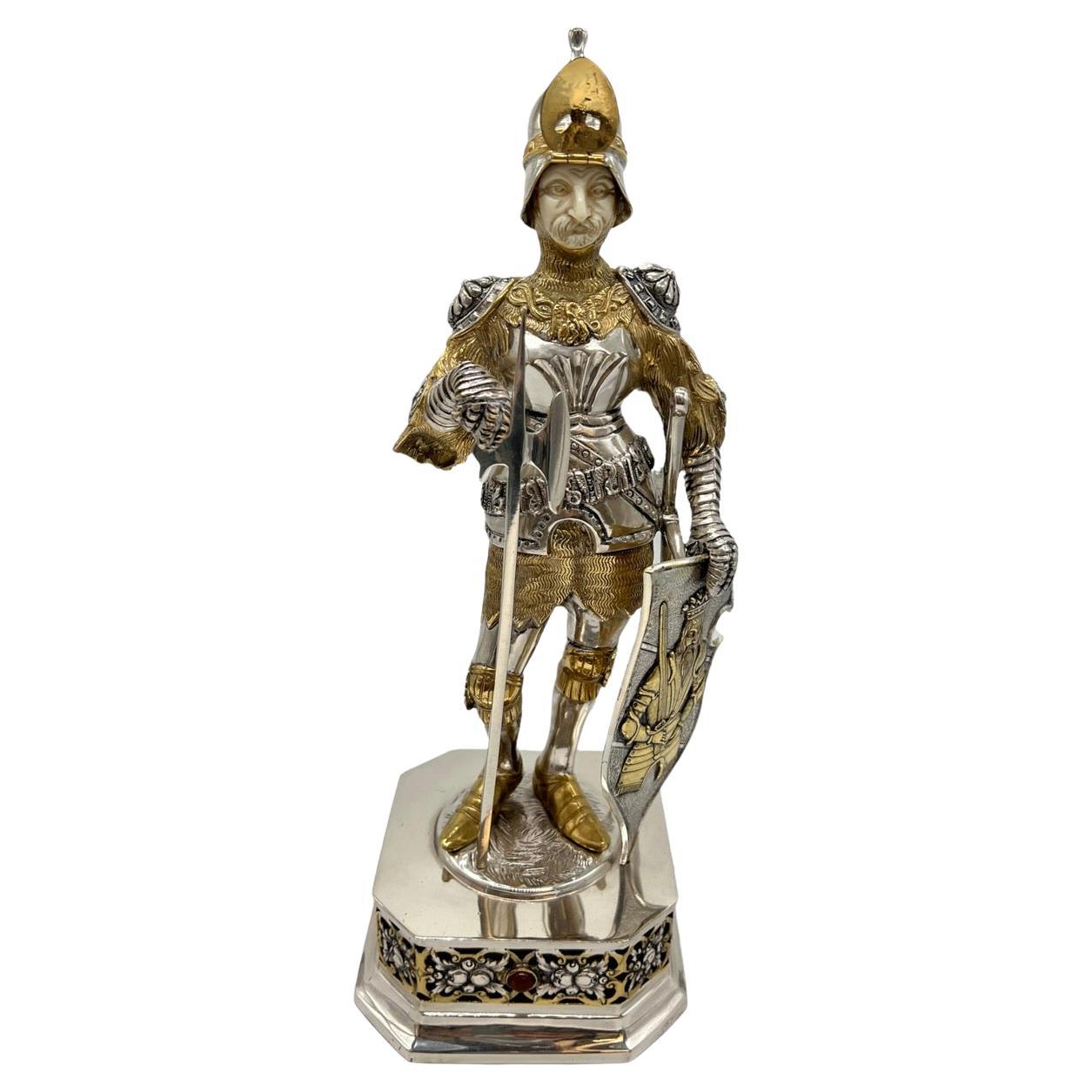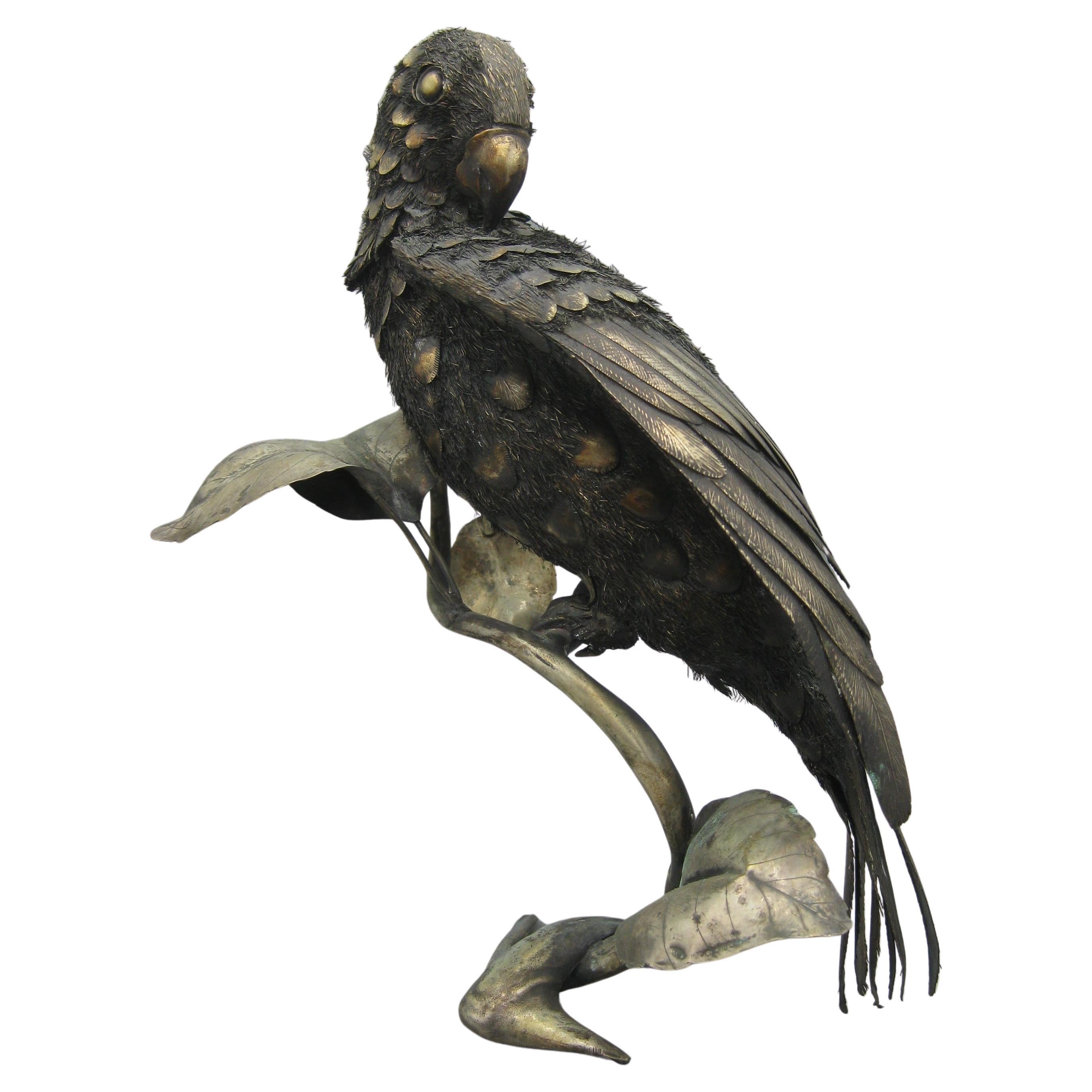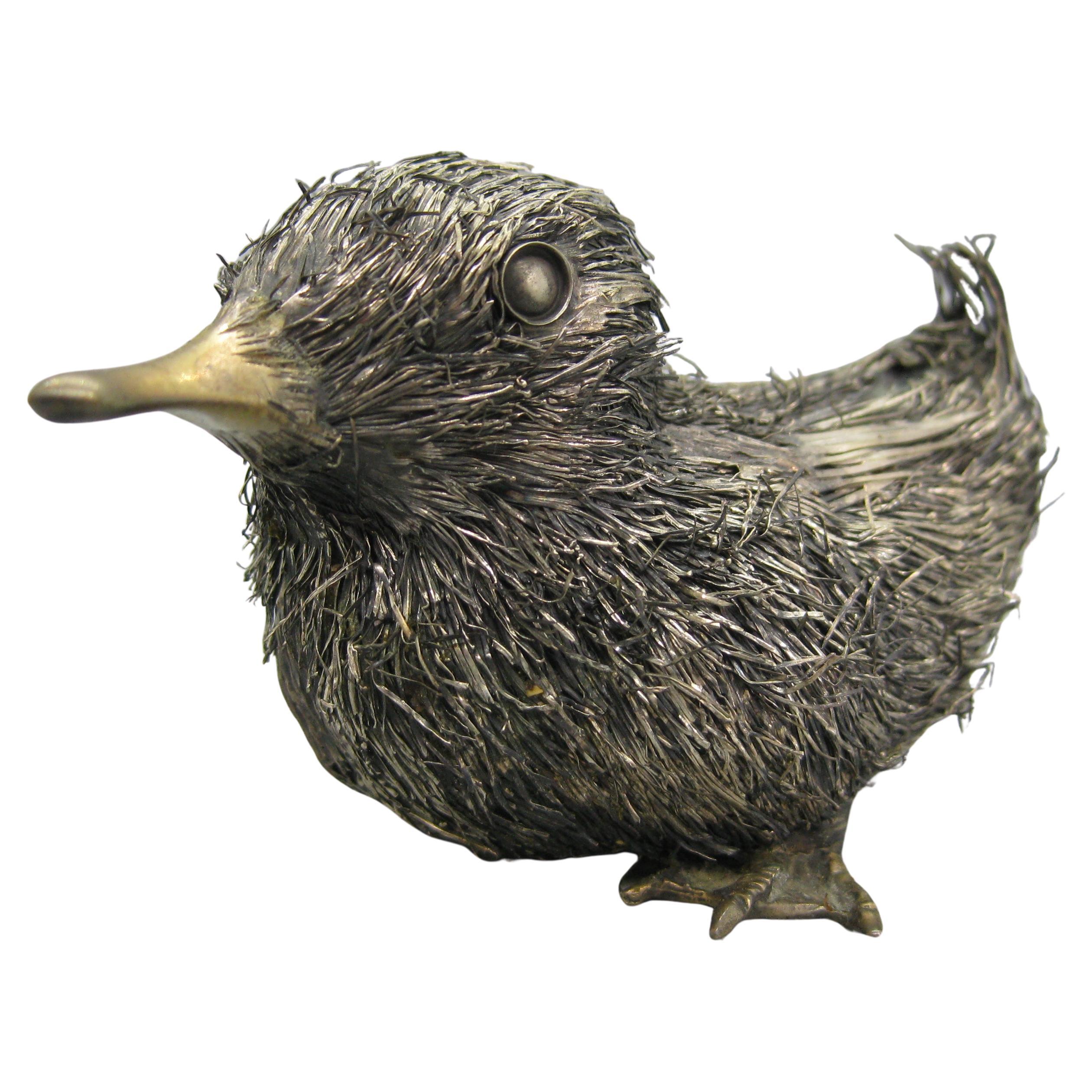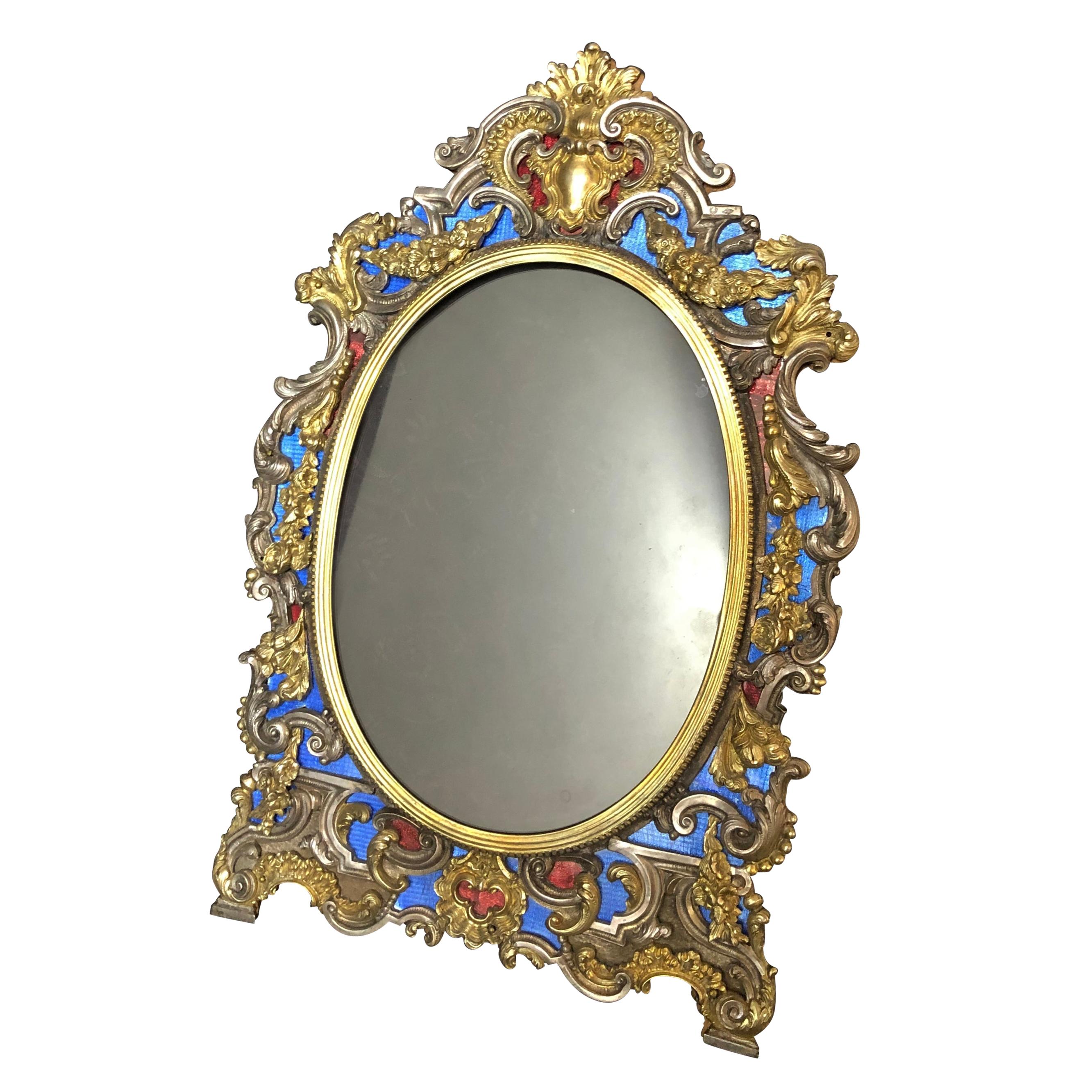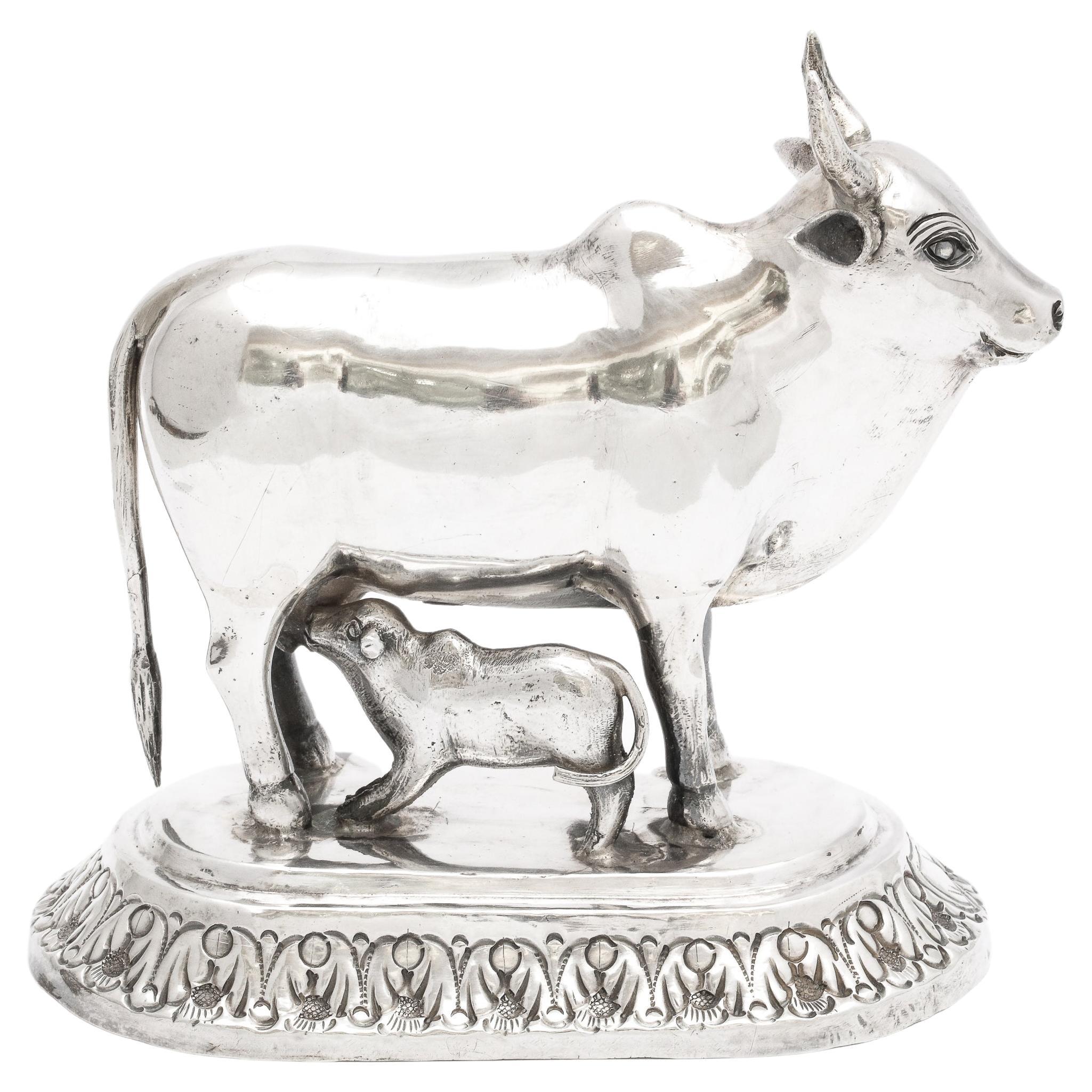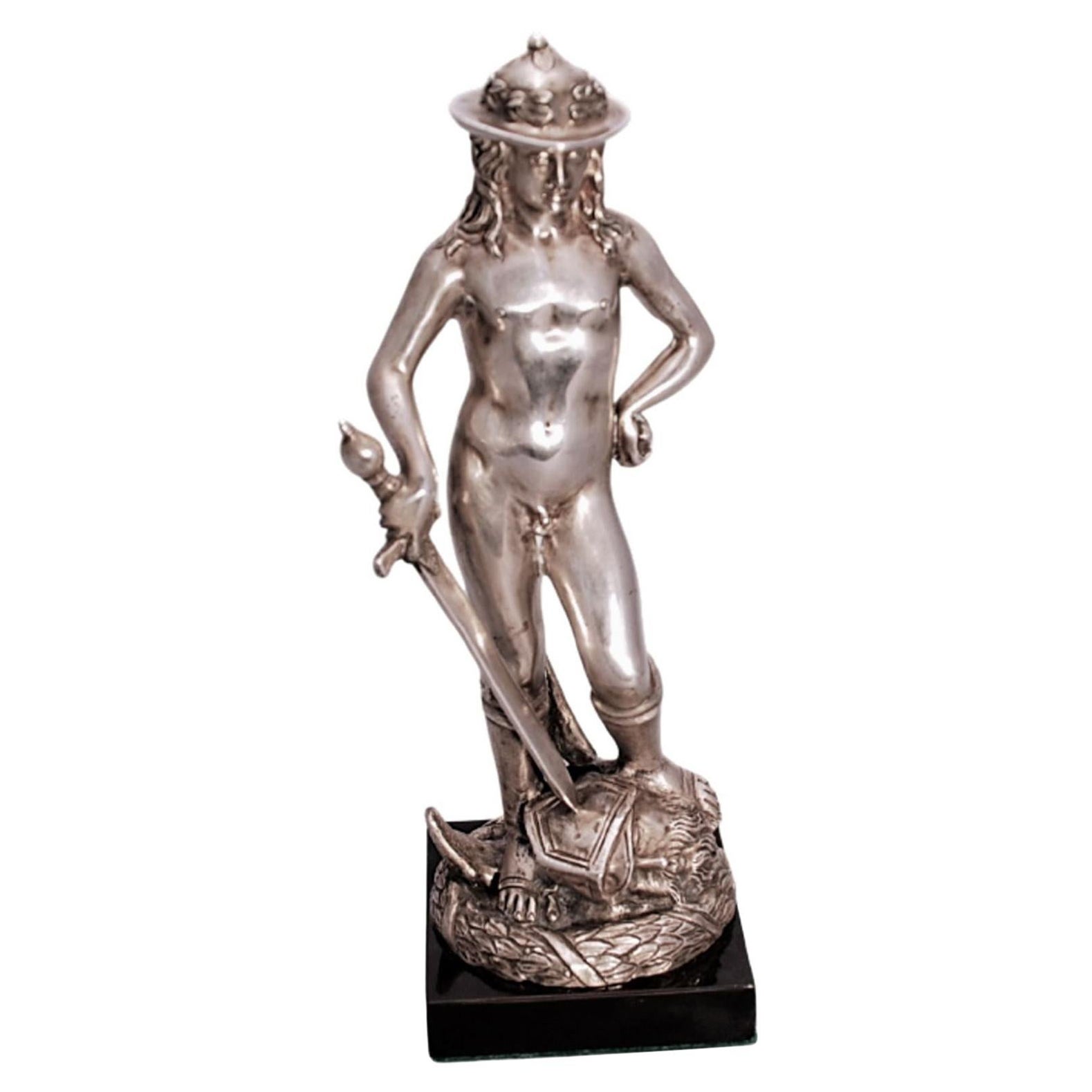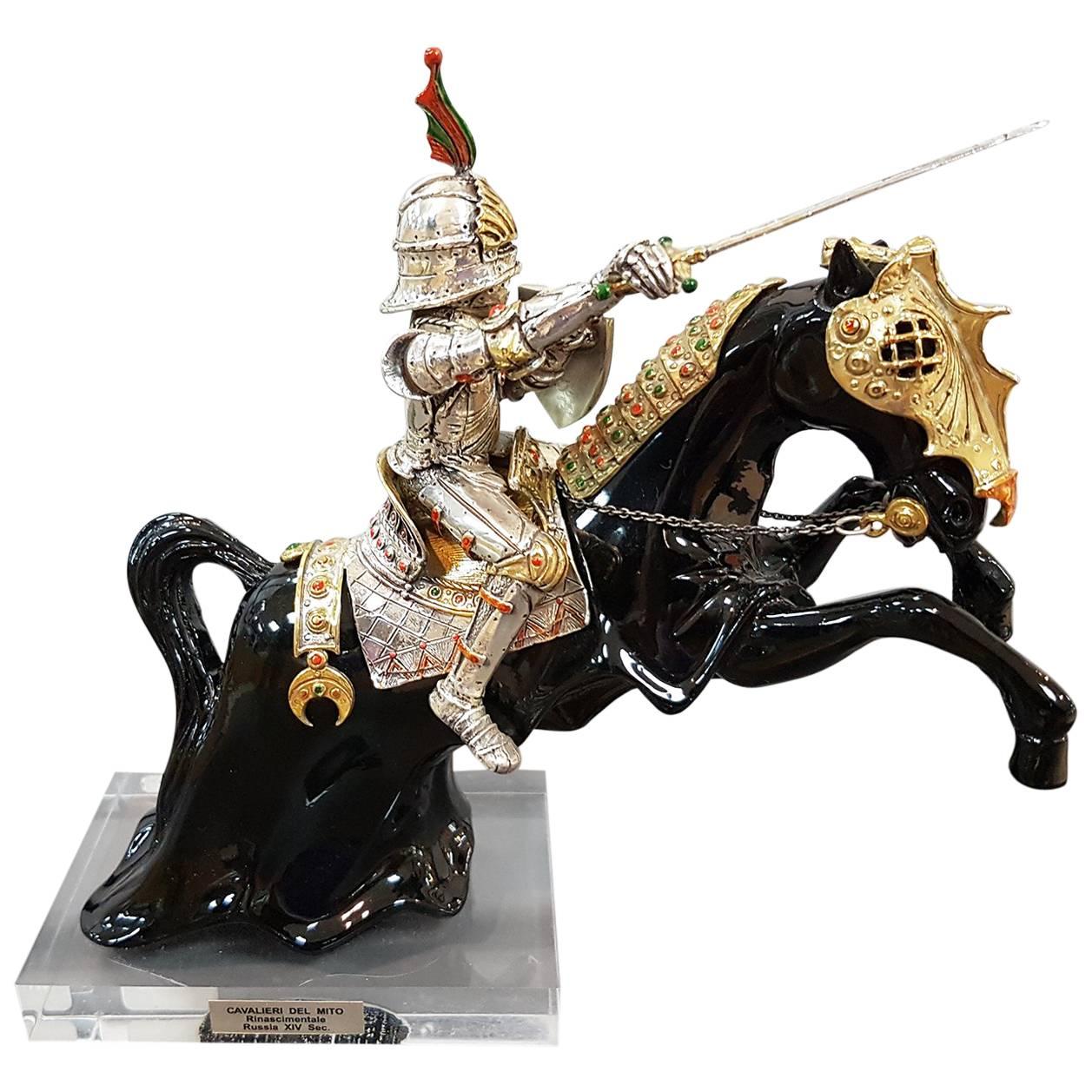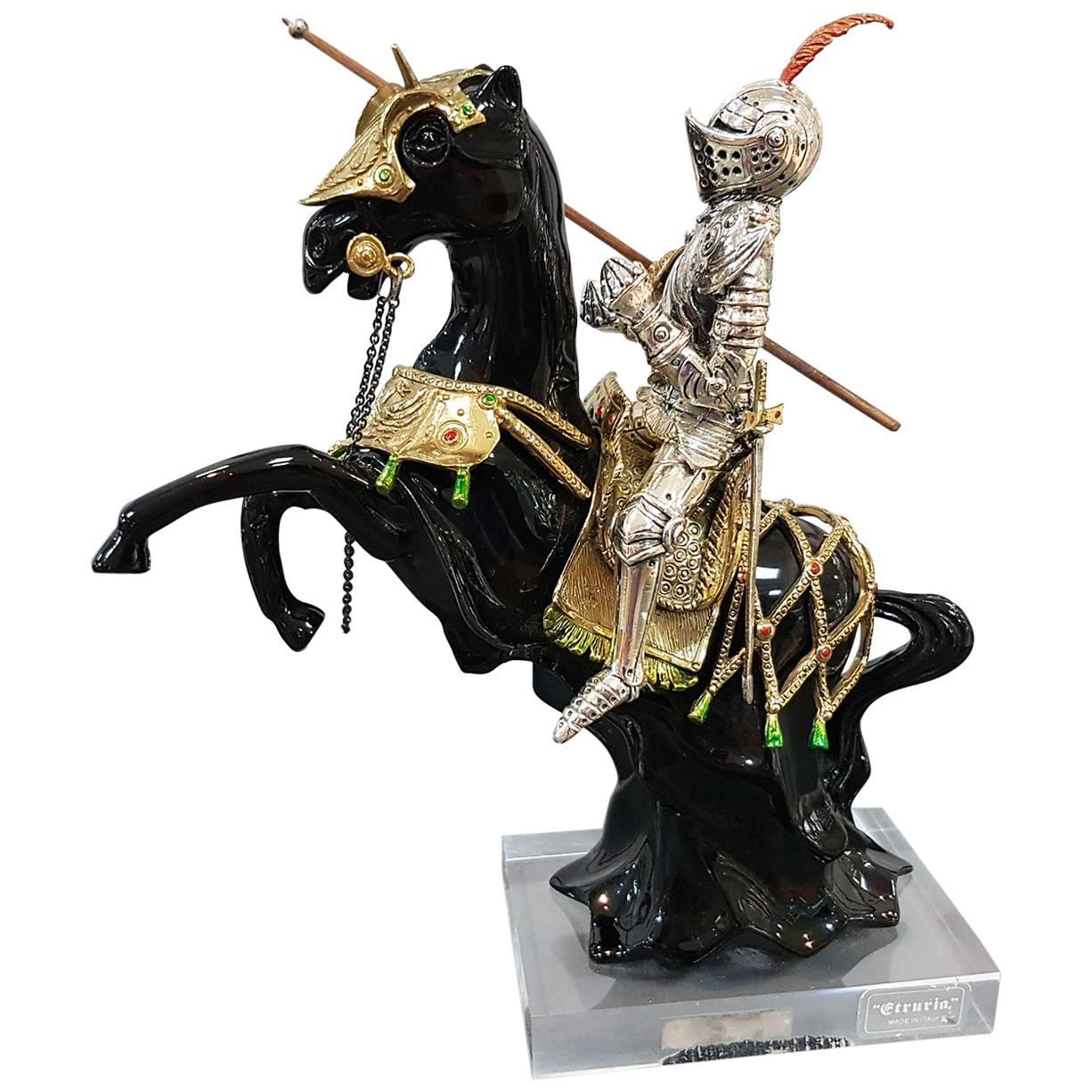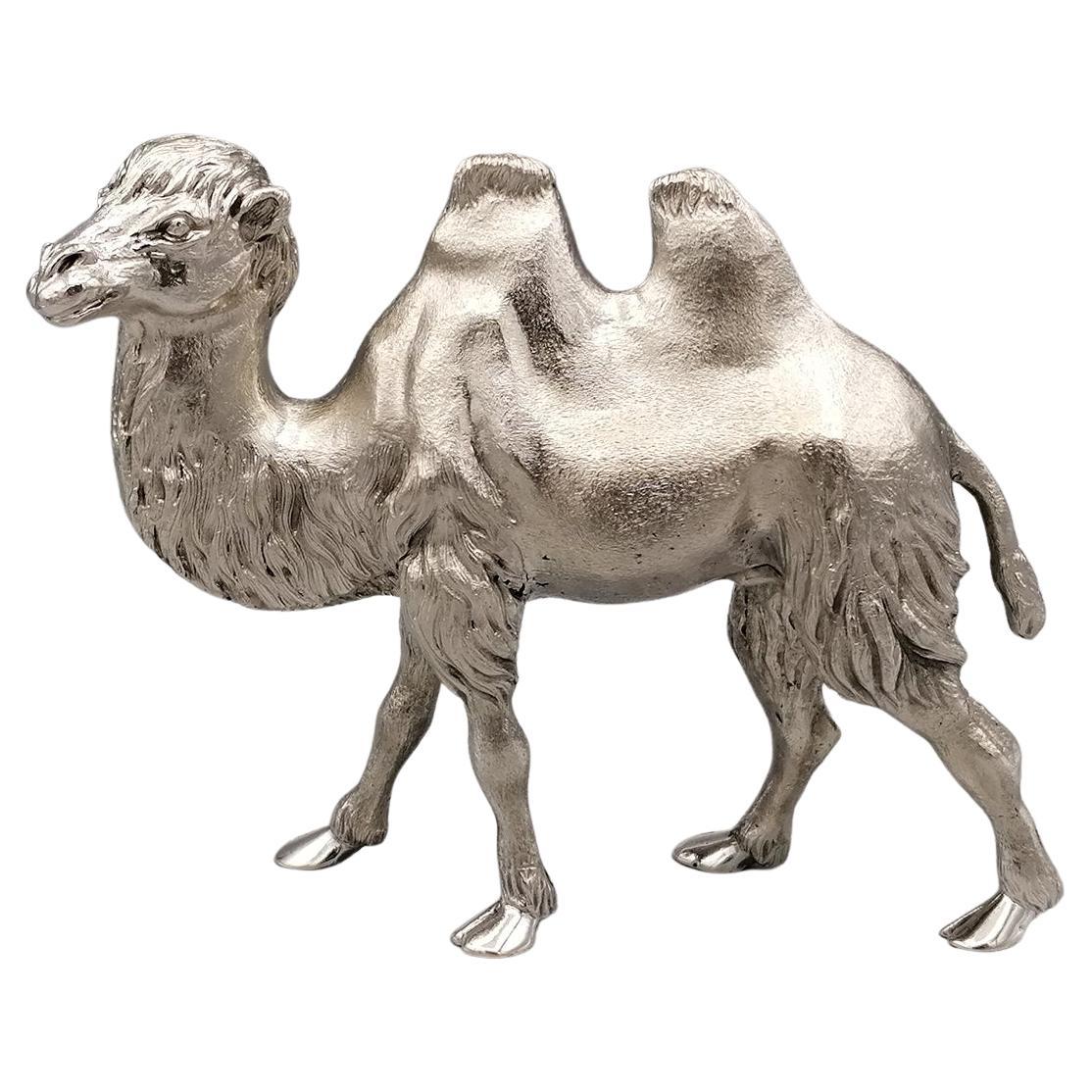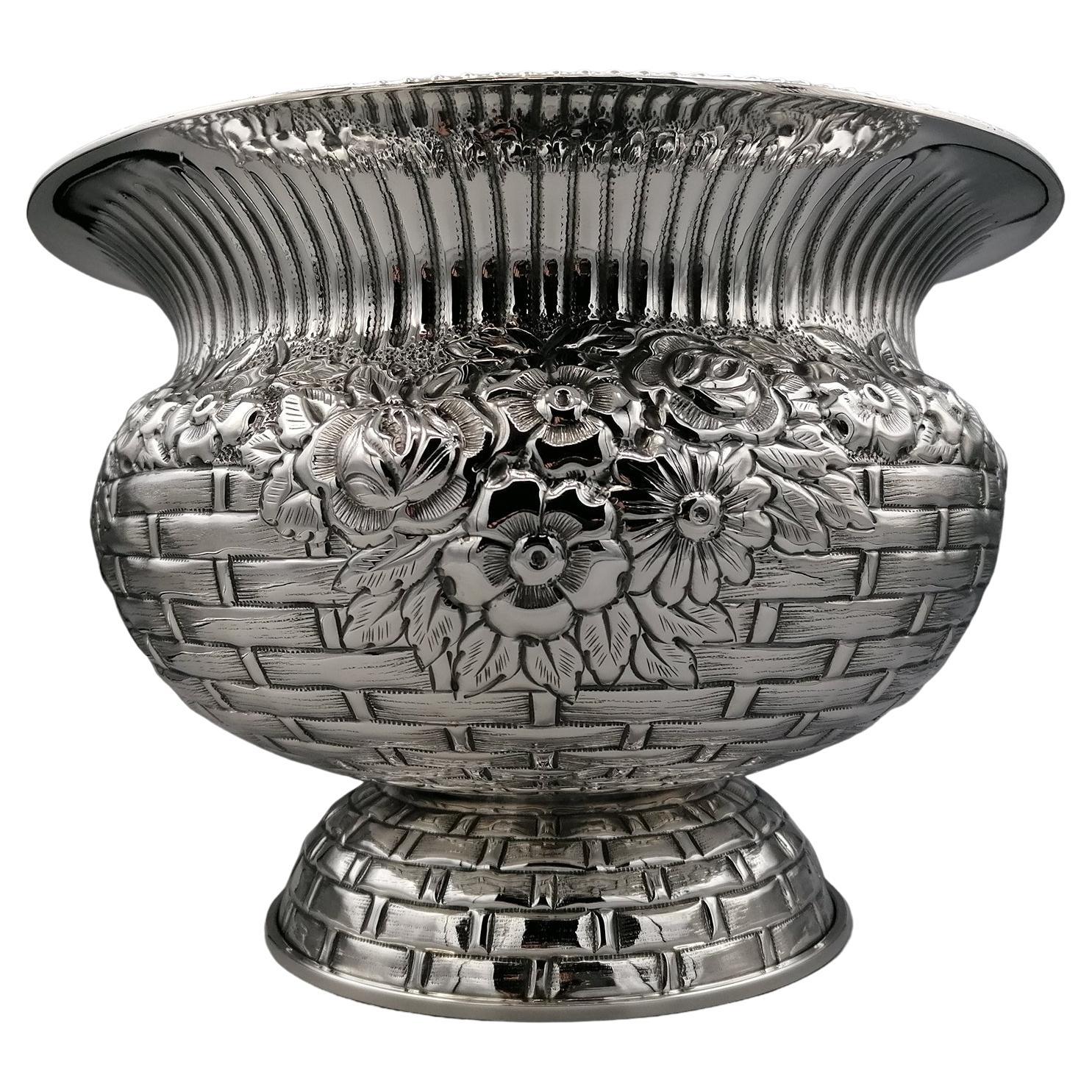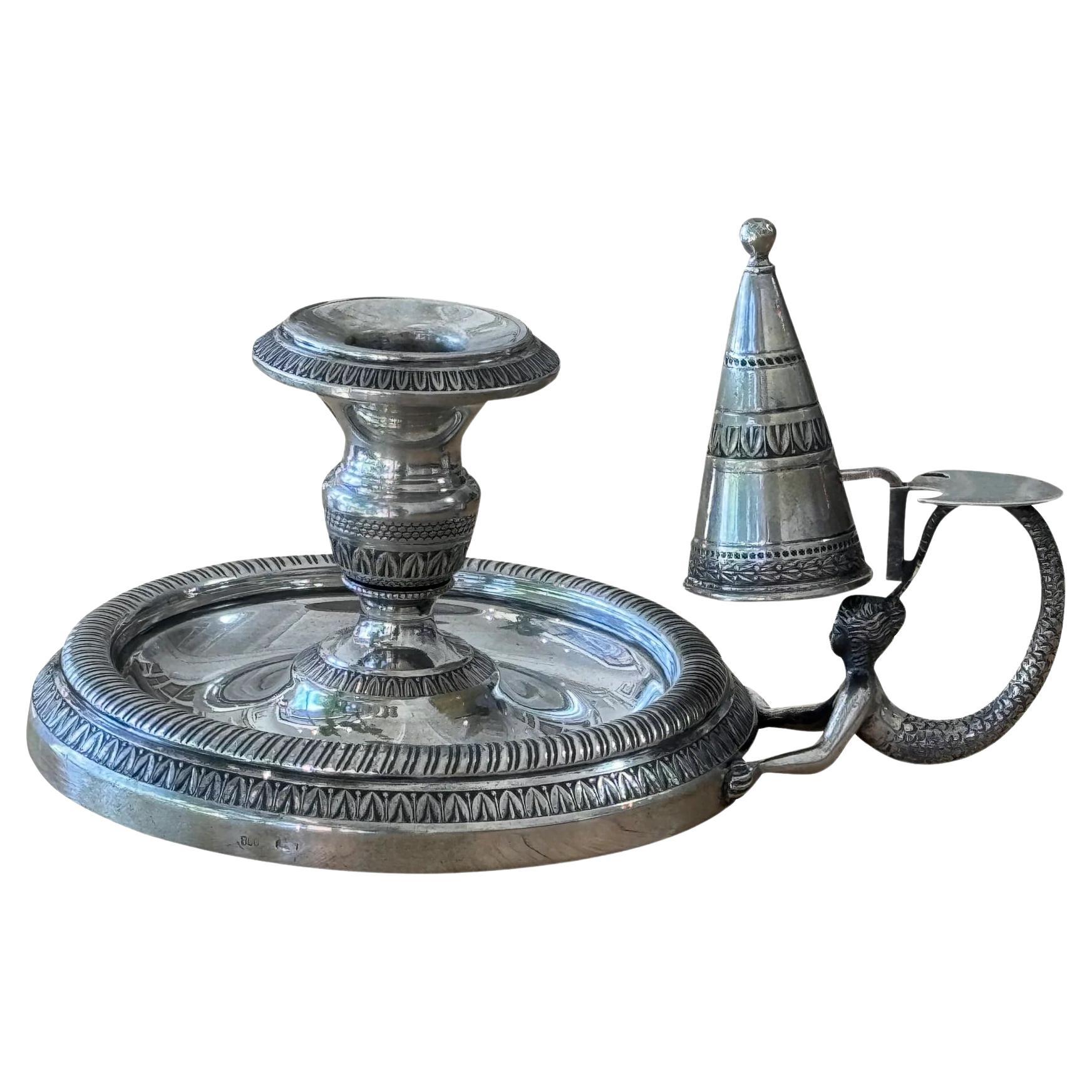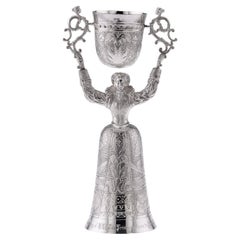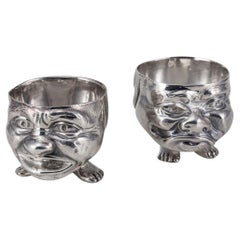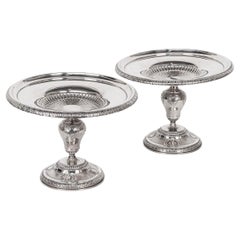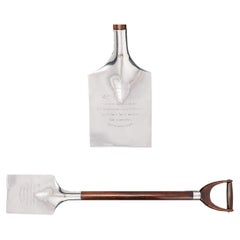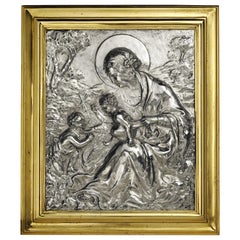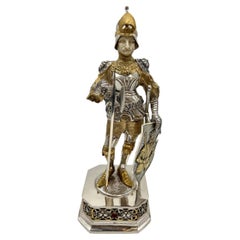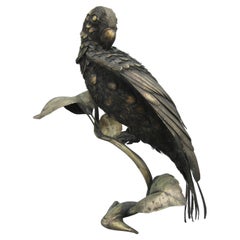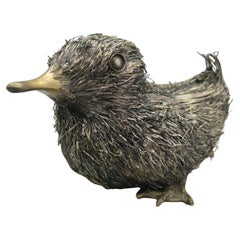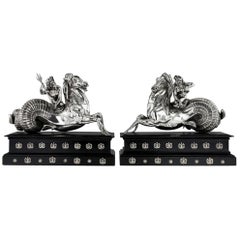
19th Century Italian Silver Statues of Poseidon and Amphitrite, Rome
View Similar Items
Want more images or videos?
Request additional images or videos from the seller
1 of 11
19th Century Italian Silver Statues of Poseidon and Amphitrite, Rome
About the Item
- Creator:Vincenzo Contini (Maker)
- Dimensions:Height: 11.03 in (28 cm)Width: 4.73 in (12 cm)Depth: 13.19 in (33.5 cm)
- Sold As:Set of 2
- Style:Rococo (In the Style Of)
- Materials and Techniques:
- Place of Origin:
- Period:
- Date of Manufacture:circa 1800
- Condition:Wear consistent with age and use. In Great Condition - No Damage, restored bases.
- Seller Location:Royal Tunbridge Wells, GB
- Reference Number:Seller: C50931stDibs: LU1348217100851
About the Seller
5.0
Platinum Seller
Premium sellers with a 4.7+ rating and 24-hour response times
Established in 2014
1stDibs seller since 2015
498 sales on 1stDibs
Authenticity Guarantee
In the unlikely event there’s an issue with an item’s authenticity, contact us within 1 year for a full refund. DetailsMoney-Back Guarantee
If your item is not as described, is damaged in transit, or does not arrive, contact us within 7 days for a full refund. Details24-Hour Cancellation
You have a 24-hour grace period in which to reconsider your purchase, with no questions asked.Vetted Professional Sellers
Our world-class sellers must adhere to strict standards for service and quality, maintaining the integrity of our listings.Price-Match Guarantee
If you find that a seller listed the same item for a lower price elsewhere, we’ll match it.Trusted Global Delivery
Our best-in-class carrier network provides specialized shipping options worldwide, including custom delivery.More From This Seller
View All20th Century, Royal Wedding Solid Silver Wager Cup, London, c.1973
Located in Royal Tunbridge Wells, Kent
Novelty 20th century solid silver wager / marriage cup, the cups design inspired by the early 16th century German example, modelled as a female figure sup...
Category
20th Century British Sterling Silver
Materials
Silver
19th Century Victorian Solid Silver Pair Of Grotesque Salts, London c.1880
By Louis Dee
Located in Royal Tunbridge Wells, Kent
Antique 19th Century Victorian solid silver pair of novelty grotesque salts. Expertly cast and modelled to depict contrasting expressions—one smiling and the other frowning. Hallmark...
Category
Antique 19th Century British Other Sterling Silver
Materials
Silver
Antique 19th Century French Solid Silver Pair Of Comports, Tetard Freres c.1890
By Tetard Freres
Located in Royal Tunbridge Wells, Kent
Antique late-19th Century French exquisite solid silver pair of comports. Standing on a domed foot adorned with scrolls, shells and fluted boarders, the inverted pear shaped foot sup...
Category
Antique 1890s French Other Sterling Silver
Materials
Silver
19th Century Victorian Solid Silver Presentation Shovel, Barnard, c.1892
By Walter and John Barnard
Located in Royal Tunbridge Wells, Kent
Antique 19th century Victorian solid silver presentation shovel, exceptionally large, the solid silver blade is engraved "Presented to Mrs Theobald, by the workmen of St Cuthbert's L...
Category
Antique 19th Century English Victorian Sterling Silver
Materials
Silver
19th Century Victorian Solid Silver & Glass Figural Salts, Elkington, c.1896
Located in Royal Tunbridge Wells, Kent
19th century Victorian pair of silver figural salts, each piece raised on an oval domed base on four scrolling feet, each stunning figural stems mo...
Category
Antique 19th Century British Victorian Tableware
Materials
Silver
$3,431 / set
Free Shipping
Antique 19th Century Victorian Solid Silver Armada Jug, London c.1891
By Martin Hall & Co.
Located in Royal Tunbridge Wells, Kent
Antique 19th Century Victorian solid silver "Armada" pattern jug, with scroll handle, the hinged lid has an ornate finial and opens squeezing the handle trigger, baluster body, domed...
Category
Antique 19th Century British Other Sterling Silver
Materials
Silver
You May Also Like
19th Century Italian Sterling Silver Madonna, circa 1830
Located in Milano, IT
Embossed and engraved silver plaque
La Madonna del lago (The Madonna of the Lake)
Probably Milan, post 1824
Brass frame
It measures 16.14 in x 13.85 in (41 x 35.2 cm) and it weighs 10.357 pounds (4.698 g): silver 1.31 pounds (598 g) + brass 9.03 pounds (4.100 g)
State of conservation: some abrasions on the bottom. The frame is old, but not original.
The plaque is made up of a sheet of embossed and engraved silver, and held in a solid brass frame. It depicts the “Madonna del lago” – “Madonna of the Lake” - (the Madonna with Child and San Giovannino) by Marco d'Oggiono (Oggiono, 1474 circa - Milan, 1524 circa), while changing only the background landscape. Almost certainly the subject reproduced in the plaque was taken from a famous engraving by Giuseppe Longhi (Monza, 1766 - Milan, 1831), one of the greatest engravers of his era.
The silver is unmarked, probably because originally the Madonna was due to be exposed in a church: sometimes precious metals destined for worship and liturgical use would be exempted from payment and were, therefore, not marked.
It is very likely that the plaque was made in Milan because in this city in 1824 the engraving by Giuseppe Longhi was made and printed. In addition, in Milan, the alleged lost painting by Leonardo da Vinci in his Milanese period (1482-1500) would be produced; this is the painting from which Marco d'Oggiono took his version.
The painting
Marco d?Oggiono was one of Leonardo da Vinci's most brilliant students and collaborators (D. Sedini, Marco d’Oggiono, tradizione e rinnovamento in Lombardia tra Quattrocento e Cinquecento, Roma 1989, pp. 151-153, n. 56; p. 225, n. 124, with previous bibliography). His style reflects in every way that of the Tuscan Maestro, so much so that he was the one who executed some copies of da Vinci's paintings. The execution of the “Madonna del Lago” probably draws inspiration from a lost painting by the Maestro, created while he was living in Milan (1482-1500). There are many similarities with other works by Leonardo such as the “Vergine delle rocce” or the “Vergine con il Bambino e San Giovannino, Sant’Anna e l’Agnello”.
The painting, from which the drawing and then the famous engraving were taken, is found today at the M&G Museum of Bob Jones University in Greenville, South Carolina, where it came to rest after the sale of the Harrington Collection in London in 1917.
The work appears in the inventories of the collection of Napoleon and Joséphine Bonaparte at the castle of Malmaison, before 1809.
The Malmaison building was born and developed in the 17th and 18th centuries. In the 18th century it belonged to Jacques-Jean Le Coulteux du Molay, a wealthy banker. Later, during the Directory, Joséphine Bonaparte de Beauharnais bought it on April 21st, 1799, but settled at the castle definitively only after her husband separated from her in 1809. She remained there until 1814, the year of her death. When Joséphine died, the estate passed to her son Eugène de Beauharnais, who moved to Munich with his whole family in 1815, bringing with him the collection of paintings he inherited from his mother. Eugène died in 1824 and his wife Augusta of Bavaria (von Bayern), unable to keep it, in 1828 sold the Malmaison to the Swedish banker Jonas-Philip Hagerman.
It is likely that in this period Augusta also sold part of the paintings inherited from her husband, including the “Madonna del Lago”. This painting then came into the possession of Leicester Stanhope, fifth Earl of Harrington (1784 - 1862) and then was passed down to his descendants.
In 1917, at the death of Charles, eighth Earl of Harrington, his brother Dudley inherited the title and properties and he put up a part of his collections for sale. Among these, precisely, the painting by Marco d'Oggiono was to be found.
On the occasion of that auction the painting was presented as a work by Cesare da Sesto, by virtue of a handwritten note by the Countess of Harrington on the back of the table. However, already in 1857, the German critic Gustav Waagen had identified Marco d'Oggiono as the author of the painting, then exhibited in the dining room of Harrington House in London (Treasures of Art in Great Britain, in 4 volumes, London, 1854 and 1857).
The engraving
Giuseppe Longhi was one of the most renowned engravers in Italy between the end of the 18th century and the first quarter of the 19th century.
In 1824 Giuseppe Longhi, based on a design by Paolo Caronni, made a famous engraving of the painting of Marco d?Oggiono. The activity of Longhi was then at the peak of his notoriety, enough to earn him very substantial commissions; it is not risky to suppose that some of his successful engravings were also reproduced using other means: in our case in silver. (A. Crespi, a cura di, Giuseppe Longhi 1766–1831 e Raffaello Morghen...
Category
Antique 1820s Italian Neoclassical Sterling Silver
Materials
Sterling Silver, Brass
19th Century German Extremely Detailed Sterling Silver and Gold Gilt Knight
Located in North Miami, FL
19th Century German extremely detailed sterling silver and gold gilt knight figure. Knight in full suit of armour, carved face beneath a hinged viso...
Category
Antique 19th Century German Sterling Silver
Materials
Stone, Sterling Silver
Mario Buccellati .800 Silver Italian Parrot Bird Statue Figurine Italy
By Mario Buccellati
Located in San Diego, CA
Stunning vintage original Mario Buccellati Italian .800 silver furry parrot bird statue/figurine. Signed on one of the leaves. Made in Milano, Ital...
Category
Mid-20th Century Italian Animal Sculptures
Materials
Sterling Silver
1930's Mario Buccellati .800 Silver Italian Duckling Statue Figurine Italy
By Mario Buccellati
Located in San Diego, CA
Stunning vintage original Mario Buccellati Italian .800 silver furry duckling statue/figurine dating from the 1930's. Signed on the bottom of one foot. Made in Milano, Italy. Also ma...
Category
Vintage 1930s Italian Animal Sculptures
Materials
Sterling Silver
19th Century Italian Gilt Sterling Silver And Enamel Picture Frame
Located in Norwood, NJ
Antique (gilt) vermeil over sterling silver ornate picture frame with red and blue vitreous enamel, Italy, circa 1890. Has hallmark on front. Oval...
Category
Antique Early 1900s Italian Rococo Picture Frames
Materials
Gold Plate, Enamel, Sterling Silver
Victorian Period Sterling Silver Statue of a Cow and Her Calf
Located in New York, NY
Victorian period, sterling silver (unmarked, but tested) statue of a cow and her calf, India, Ca. 1900. Measures 4 1/2 inches wide (at widest point) x 4 1/2 inches high (at highest p...
Category
Antique Early 1900s Indian Victorian Sterling Silver
Materials
Sterling Silver
